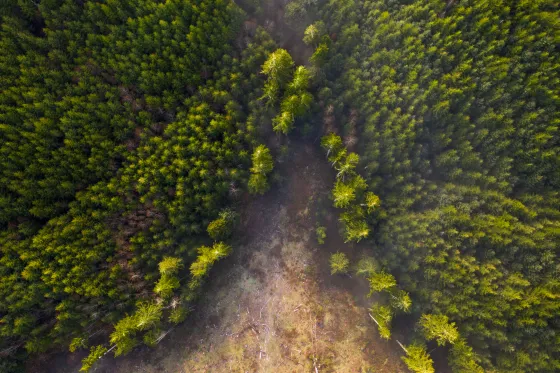Forest carbon sinks under pressure
Topics
forests, carbon sinks, clear-cutting, droughts, forest fires, old forests, biodiversity
Image

As a natural carbon sink, forests are central to our fight against climate change. At the same time, forests are under immense pressure, from increasing harvest demands to natural disturbances associated with the warming climate. What can be done to increase the forest carbon sink?
